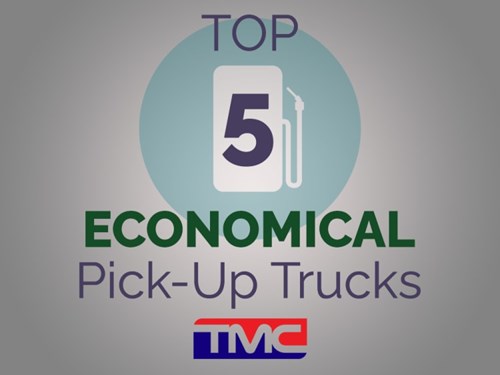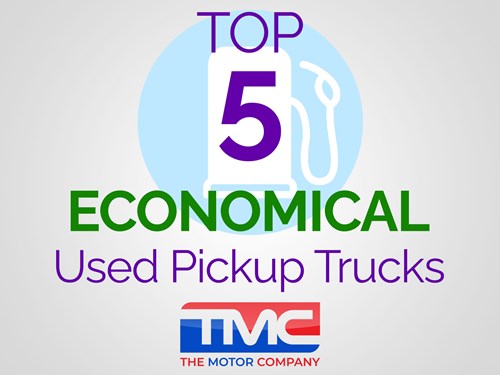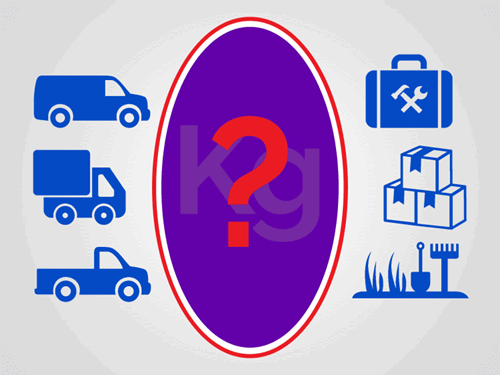- SHORTLIST
- BUY ONLINE
- TALK ON LIVECHAT
What Important Vehicle Documents Do I Need When Buying Or Selling A Used Car?
Buying a used vehicle can save a lot of money, as well as time waiting for a new one to be manufactured and shipped over to you. However, in order for the deal to be truly convenient to all parties, it is vital that all the important vehicle documents are available and ready for inspection to help keep the transition between old and new owners as smooth as possible.
Some documents are required for the sale to be legal, while others confirm the vehicle’s history and the new owner’s eligibility to be able to drive it away. Here are some of the important vehicle documents that you will need if you want to buy or sell a second-hand car, van or pick-up truck.
V5C Registration Document
This key document lays out the main details about the vehicle, including its make, model, colour, VIN (unique vehicle identification number), and engine specifics. It also includes the name and address of the vehicle’s registered keeper. This is not always the same person as the main driver or even the owner, but it is the individual who is responsible for taxing the vehicle. This must be handed over at the sale of a vehicle and the new registered keeper arranges to replace the old details for theirs. Check the V5C carefully for signs of tampering when purchasing a used vehicle and walk away from the sale if it is not available.
Proof Of Purchase
As the V5C document may not necessarily list the owner of the car, it is important to provide proof of ownership to show that you are legally allowed to sell the vehicle. This could be a receipt from the original purchase, proof that you have completed a finance play, or paperwork from a previous private sale or dealership transaction. It is vital that buyers ask for this evidence of ownership, as it can be very distressing to discover later on that you have inadvertently tried to buy a stolen vehicle. Key details include cost, date and place of purchase, seller’s and buyer’s details, mileage, proof of payment and both parties’ signatures.
Mot Certificate
After three years, all cars need to have an annual MOT test, by law. This checks that it is still roadworthy and keeps people safer on the roads as a result. MOT tests cover key areas such as emissions, electronics, brakes, clutch, steering and tyre wear and tear. It can also list areas where the car may need attention in the not-too-distant future to help you decide whether it is worth buying it or not. MOTs can be checked online, along with how much time they have left to run and the date by which you should book the vehicle in for its next one.
Service Log
All vehicles should be serviced regularly, and the dates, results and work carried out recorded in their log book. The more complete the log book, the more you can learn about the vehicle’s service history and if it has been in any serious accidents. Check for consistent entries and reputable dealer stamps under each one to ensure the services have been handled correctly. Ask about any missing times in the service history and any discrepancies, such as mileage and the claimed age of the vehicle. You should be able to request a printout of any digital service logs if paper versions are unavailable.
Insurance Policy
Another of the important vehicle documents to check for is the insurance policy, as well as any terms and conditions, exclusions etc. This shows how long the vehicle insurance has left to run and lists what is and is not covered. In some cases, a second-hand car dealer will include temporary insurance to cover the vehicle while it is driven back to its new owner’s home or work premises. This is not always the case, so it is very important to check this before arriving to collect your new vehicle. It is a legal requirement that vehicles are adequately insured before they can be driven on public roads.
Warranties Etc.
Finally, if you are selling a second-hand vehicle and it is still under warranty or subject to a financing agreement or similar, gather up these important vehicle documents and take them along to the dealer. It is vital that everyone involved in the sale knows about any paperwork or agreements before signing on the dotted line. This will save a lot of hassle further down the line.




